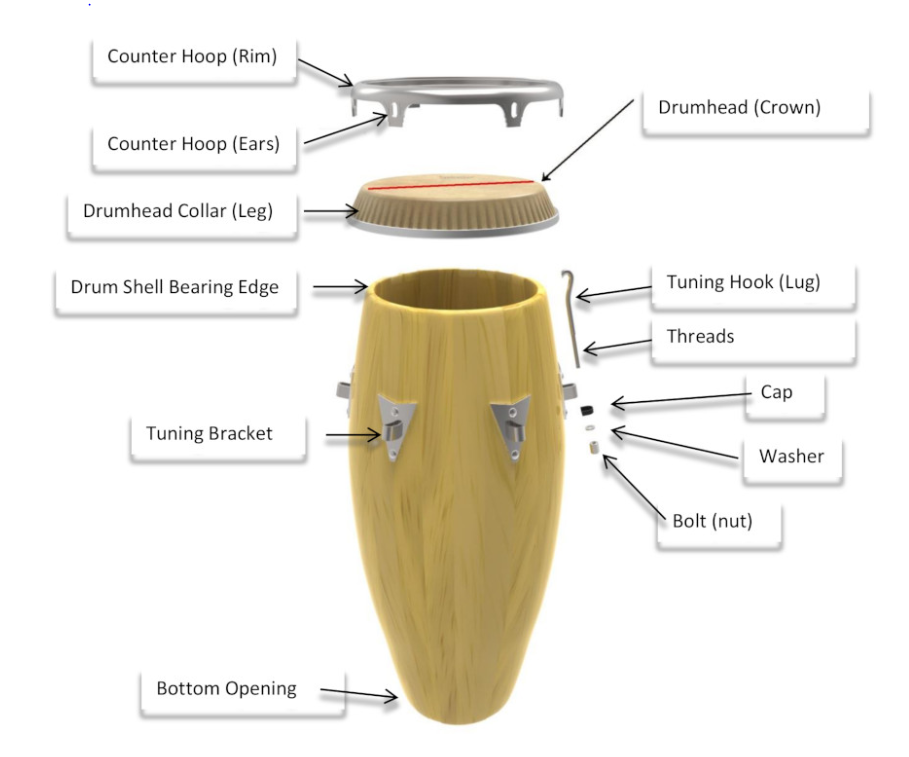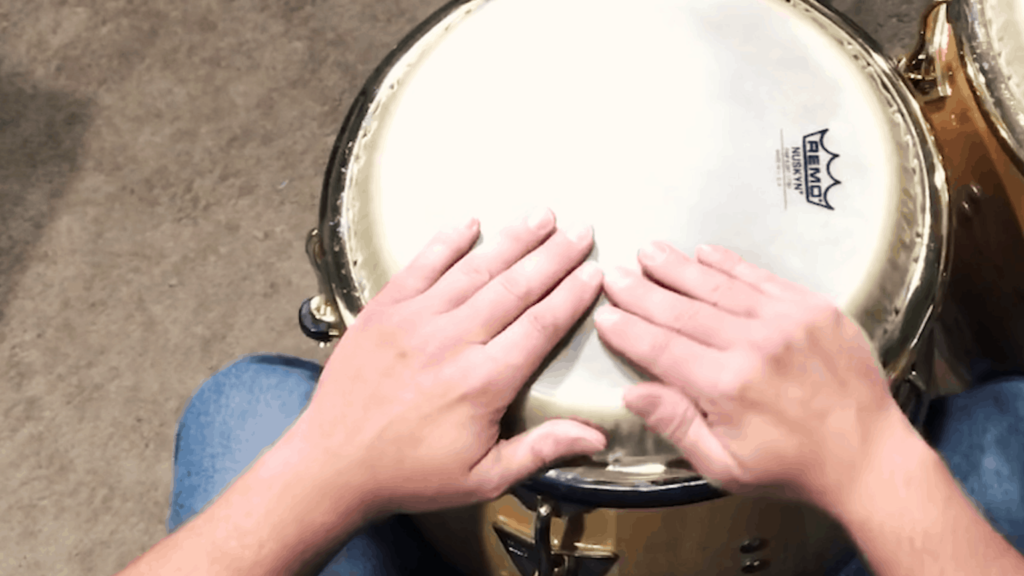Introduction:
The rich, pulsating rhythms of Conga drumming have an undeniable allure, captivating listeners with their infectious beats and energetic performances. Originating from Afro-Cuban traditions, Conga drums have transcended cultural boundaries to become an integral part of various musical genres worldwide. In this beginner’s guide, we’ll delve into the fascinating world of Conga drumming, exploring its history, anatomy, and basic playing techniques.
History of Conga Drumming:
Conga drumming traces its roots back to West African percussion traditions, brought to the shores of Cuba through the transatlantic slave trade during the colonial period. These rhythmic traditions intermingled with indigenous Cuban music, resulting in the birth of Afro-Cuban musical styles such as Son, Rumba, and Mambo.
The Conga drum itself evolved from various African drum types, including the Bantu drum and the Makuta. Initially crafted from hollowed-out tree trunks and animal skins, Conga drums underwent refinements in design and construction over the centuries, leading to the instruments we recognize today.
Anatomy of Conga Drums:
Conga drums typically consist of three main components: the drumhead, the shell, and the hardware.
- Drumhead: The drumhead, usually made from animal skin or synthetic materials like plastic, is stretched over the open end of the drum shell. It’s the surface that players strike to produce sound.
- Shell: The shell is the main body of the drum, typically constructed from wood such as oak, ash, or mahogany. It provides the resonating chamber that amplifies the sound produced by striking the drumhead.
- Hardware: This includes the tuning hardware, tension rods, and rim. These components allow players to adjust the tension of the drumhead, thereby influencing the pitch and tone of the drum.

Basic Playing Techniques:
Before diving into playing the Conga drums, it’s essential to understand proper hand positioning and basic strokes:
- Open Tone: To produce an open tone, strike the drumhead with your dominant hand (usually the dominant hand) using the base of your palm, slightly off-center. This produces a resonant, full-bodied sound.
- Slap: The slap technique involves striking the drumhead with your fingers (usually the middle and ring fingers) near the rim. This produces a sharp, high-pitched sound with a quick decay.
- Bass: To produce a bass tone, strike the drumhead with the palm of your non-dominant hand (often referred to as the “supporting hand”). Place your hand near the center of the drumhead for a deep, resonant sound.
- Muffling: Use your supporting hand to apply pressure to the drumhead immediately after striking it to shorten the duration of the sound, known as muffling.

Practice these basic techniques slowly and deliberately, focusing on achieving a consistent tone and rhythm before increasing speed and complexity. As you gain proficiency, experiment with combining different strokes and rhythms to create dynamic and expressive patterns.
Conclusion:
Conga drumming is a vibrant and captivating art form with deep cultural roots and universal appeal. Whether you’re drawn to its rhythmic complexities, cultural heritage, or simply the joy of making music, learning to play the Conga drums can be a rewarding and enriching experience. By understanding the instrument’s history, anatomy, and basic playing techniques, beginners can embark on a journey of musical exploration and self-expression that transcends boundaries and connects people across cultures and generations. So, embrace the beat, feel the rhythm, and let the Conga drums transport you to the heart of musical creativity.

